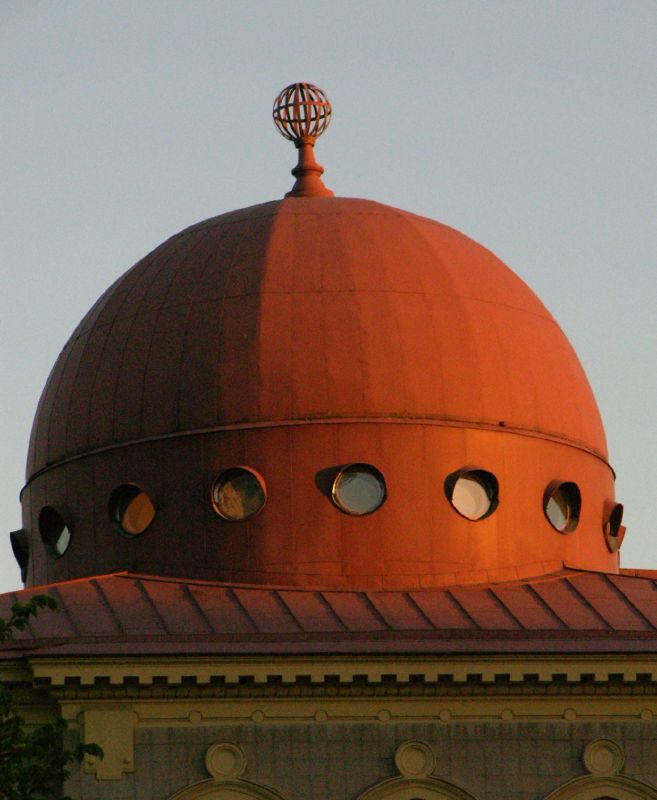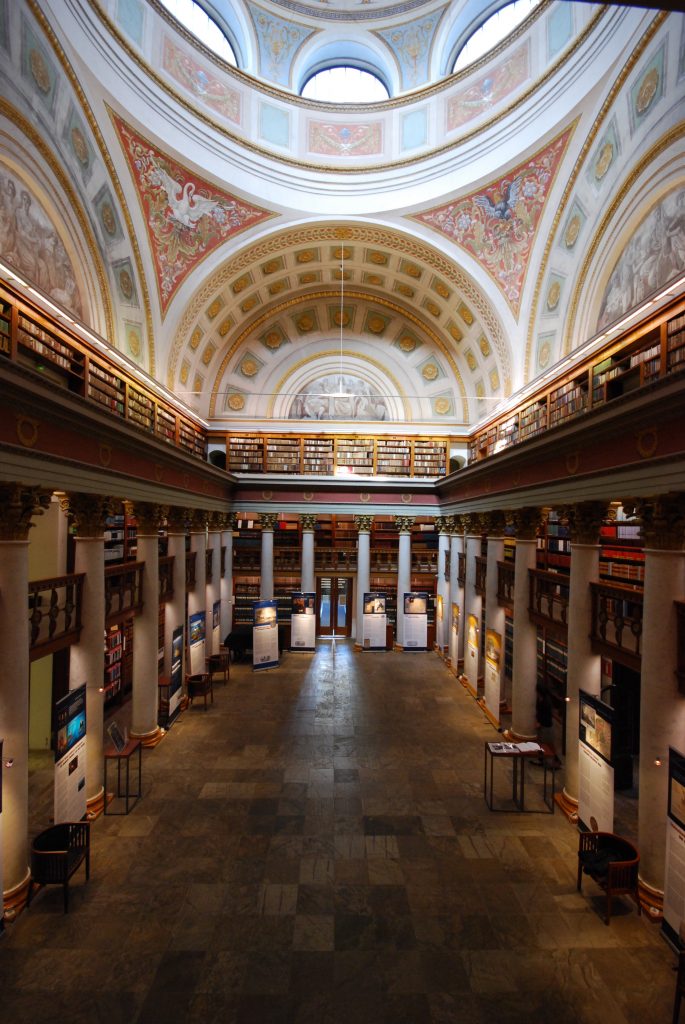
Suomenlinna , a fortress island opposite Helsinki, was the site of the first Jewish place of worship. According to legal developments, a decree from 1869 and the letter from the Senate from 1876, demobilised soldiers were allowed to work in the civilian sector.
The city of Helsinki decided to donate a plot of land to the Jewish community in 1900 in order to build a synagogue. It is located on Malminkatu Street. A neighborhood where many of the city’s Jews lived at the time, who settled around the market where they could sell second-hand clothes, one of the only professional activities allowed in the 19th century.

In the 1880s and 1890s, most Jews worked in the sale of clothes and fruit at the narinkka market. In 1870, the Narinkka market moved to Simo (meaning Simeon) Square. This market is located in the Kamppi district, which also housed the synagogue in 1906. Before there was an official synagogue, prayers were held in the Viapori Beth Midrash in the 1830s and forty years later in the Villa Langen. The Narinkka Market closed down in 1931.
The Helsinki Synagogue , famous for its Byzantine-style dome, was built by architect Jac Ahrenberg in 1906. Twenty years later it was extended. Since then, it can accommodate up to 600 people, seated around the bimah, which occupies the center and above which there is a magnificent chandelier. Built on three floors, the synagogue’s architectural style is similar to that of most synagogues of the time, with symmetrical windows in the center. And on the sides, three small round windows with a maguen david in each one.

In the years 1920-1930, the National Library of Finland hosted many works in Yiddish published during the last decades of the Russian Empire. The community also offered many theatrical performances in Yiddish at the time.
Makkabi Helsinki
In 1906, a group of young people from Helsinki founded the Makkabi Helsinki sports association, the oldest Jewish sports club in the world still in existence, with an unbroken history.
The club took part in the 1st division football competition in 1930, then at lower levels. Today, the main sports are bowling, futsal, basketball and floorball. The club celebrated its centenary in November 2006.
Elias Katz is the most famous athlete to have represented the club. Katz won gold at the 1924 Paris Olympics with Paavo Nurmi and Ville Ritola in the 3,000 metres team race. He began training at Turku’s main sports club, where he befriended the legendary Finnish runner Paavo Nurmi, who helped him improve his technique. In December 1947, as civil war raged in Mandatory Palestine, Katz screened a film in a British military camp in the Gaza region. Later that evening, he was killed by Palestinian sniper fire.
In 1967, a community center was built adjacent to the synagogue. It was made available to allow a Jewish life for the members of the community. Among these services are a Jewish school, classrooms and conference rooms, an auditorium, a retirement home, and a mikvah. The community center also includes a Jewish library of 5,000 volumes. A copper Torah sefer ornament can be seen there from the city’s first synagogue, built of wood in 1840.
The center houses the Hazamir choir (founded in 1917), which has already performed at the Finnish Cultural Center in Paris, the bi-monthly magazine Ha-Kehila and all Jewish organizations in Finland.

The city has two Jewish cemeteries located in the place of the city gathering most of the graves. An ancient cemetery built in the 1840s and a new cemetery in 1895. The first being closed and the second currently used by the Jews of Finland.
Today, the Helsinki Synagogue regularly hosts a few dozen worshipers during ceremonies and prepares vegetarian meals for Shabbat celebrated there. Most of the Jews in Finland are vegetarians. The synagogue is Orthodox, although most of the Jews in Helsinki are less observant. Morning prayers are celebrated in a small hall of the synagogue.
The few dozen members of the liberal movement have no place of worship and are attached to the liberal community in Copenhagen. Yiddish is experiencing a revival in Helsinki, in particular thanks to the international meetings of Limud (written Limmud in English).
In 2025, there are 900 Jews living in Helsinki. Despite this relatively small number, many cultural events are organised and the synagogue now houses a café on the ground floor of the building.